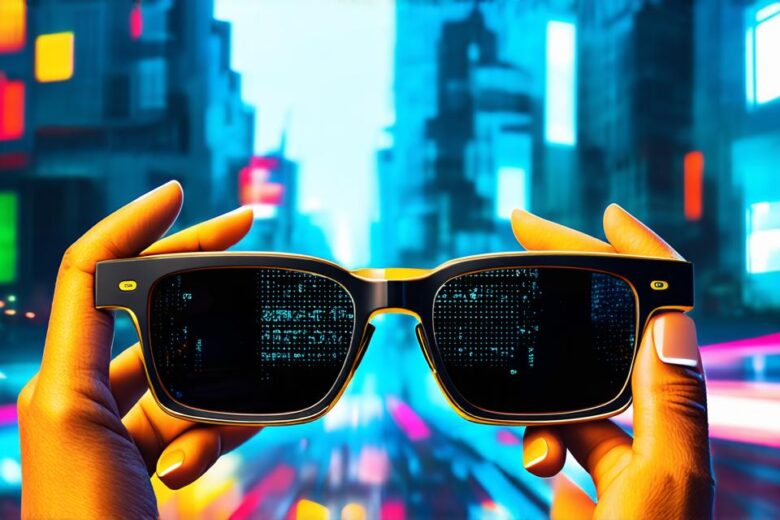Augmented reality (AR) apps have been gaining immense popularity in recent years due to their ability to enhance user experiences by overlaying digital information on the real world. As an AR developer, you have the opportunity to create engaging and interactive applications that can be used for a wide range of purposes, from education and entertainment to marketing and design.
In this comprehensive guide, we will take you through the step-by-step process of developing AR apps, covering everything from the basics to advanced techniques. We will also provide you with tips and best practices to help you create high-quality and engaging AR experiences for your users.
Step 1: Understanding AR Technologies and Tools
Before diving into the development process, it is important to have a basic understanding of augmented reality technologies and tools. Some of the key AR technologies include:
- Marker-based AR: This type of AR uses physical markers or symbols to trigger an AR experience. The most common marker-based AR systems use QR codes or image recognition.
- Markerless AR: This type of AR does not require any physical markers. Instead, it uses computer vision algorithms and sensors to track the user’s position and orientation in the real world.
- Object detection AR: This type of AR focuses on detecting and tracking objects in the real world. It can be used for a wide range of applications, from gaming and entertainment to retail and manufacturing.
There are several tools available for developing AR apps, including:
- Unity: A popular game engine that also supports AR development.
- Unreal Engine: Another popular game engine that is widely used for AR development.
- ARKit: A framework developed by Apple for iOS devices.
- Vuforia: An open-source AR platform that supports both marker-based and markerless AR.

Step 2: Planning and Designing the AR Experience
Once you have a basic understanding of AR technologies and tools, it is time to start planning and designing your AR app. Some key considerations include:
- The target audience: Consider who your target audience is and what type of experience they would enjoy. For example, an educational AR app may focus on teaching users about history or science, while a marketing AR app may be designed to promote a product or brand.
- The purpose of the app: Determine the main goal or objective of your app. This will help you to design an engaging and interactive experience that meets the needs of your target audience.
- The user interface: Design a user-friendly interface that is easy for users to navigate and interact with. Consider using intuitive gestures and controls, as well as clear and concise instructions.
- The AR content: Create high-quality and engaging AR content that enhances the user experience. This may include 3D models, animations, and interactive elements.
Step 3: Developing and Testing the AR App
Once you have planned and designed your AR app, it is time to start developing and testing it. Some key steps in this process include:
- Setting up the development environment: Install the necessary software and tools for developing your AR app, such as Unity or Unreal Engine.
- Creating the AR scene: Use the chosen AR platform to create the 3D environment where the AR experience will take place. This may involve adding 3D models, animations, and other elements to the scene.
- Integrating the AR functionality: Add the necessary code and scripts to your AR app to enable it to function as intended. This may include tracking the user’s position and orientation in the real world, as well as overlaying digital information onto the environment.
- Testing and debugging: Test your AR app thoroughly to ensure that it is functioning properly and providing a good user experience. Debug any issues that arise and make necessary adjustments to improve performance.
